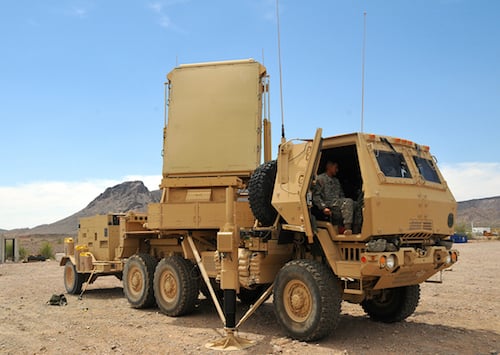
Lockheed Martin has secured a contract to supply additional AN/TPQ-53 (Q-53) counterfire target acquisition radars to the US Army.
Under the $85m contract, the company will supply seven Q-53 systems to help ensure that the platform continues to keep troops safe from persistent insurgent attacks.
Lockheed Martin Mission Systems and Training Q-53 programme manager Bob Stelmack said: “Soldiers can rapidly deploy the truck-mounted Q-53 and quickly determine the source of enemy fire.
“The 55 systems Lockheed Martin has delivered to the US Army give troops proven, advanced protection when they need it most.”
In addition, the company was also selected in June to upgrade 19 of the army’s Q-53 radars.
Previously known as EQ-36, AN/TPQ-53 is a quick reaction capability (QRC) mobile radar system designed to detect, classify and track in-flight projectiles fired from mortar, artillery and rocket systems using a 90° or continuous 360° sector search.
The radar provides target location of indirect fire systems with sufficient accuracy, enabling effective detection and counter-battery actions in the battlefield.
Mounted on a 5t truck, the solid-state phased-array radar can be rapidly deployed, automatically levelled and remotely controlled with a laptop computer or from a fully equipped climate-controlled command vehicle.
The Q-53 radars have been deployed by the US Army during combat operations in Iraq and Afghanistan.
Lockheed received the Q-53 development contract in 2007, and has since been awarded four additional contracts, for a total of 97 platforms, and claims to have delivered 55 systems on-time and on-budget to the US Army.
Work under the contract is scheduled to be carried out at the company’s facilities in New York, New Jersey, and Florida, US, while the delivery schedule remains undisclosed.
The army is expected to award a full-rate production contract covering an anticipated 77 additional systems by early 2016.